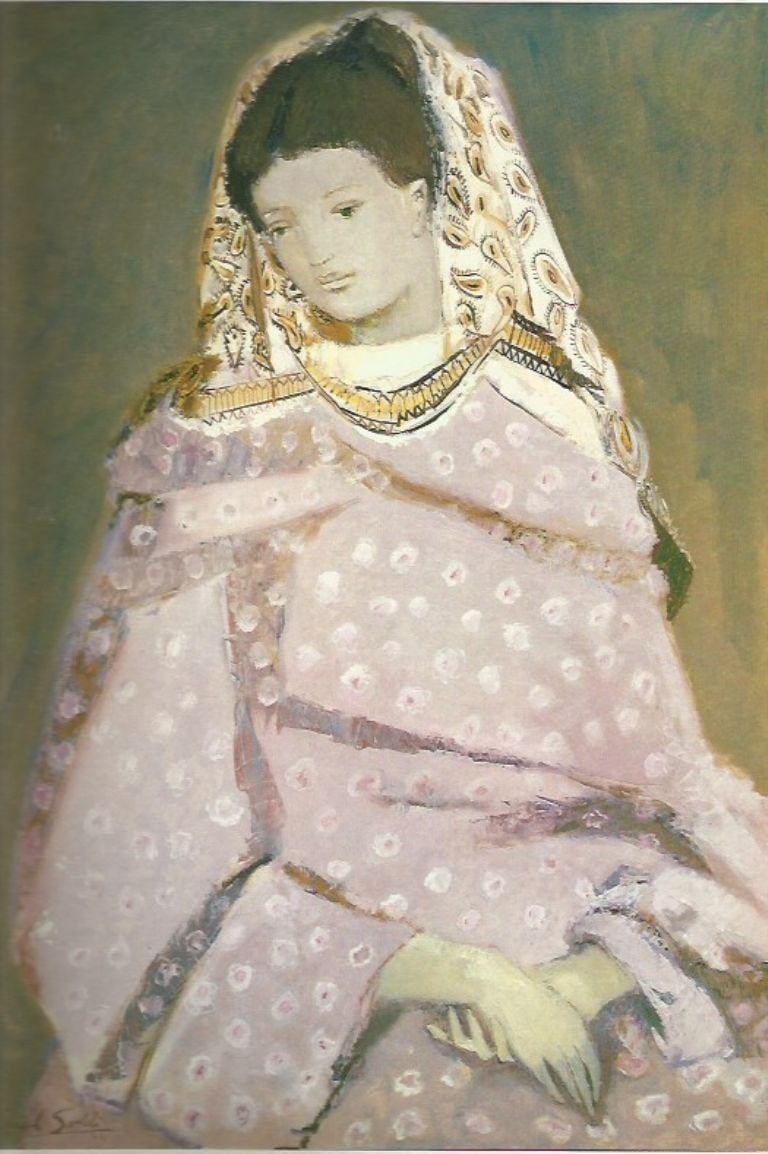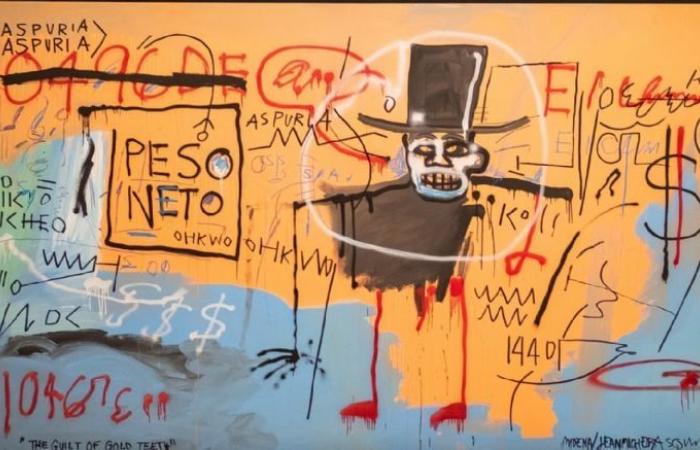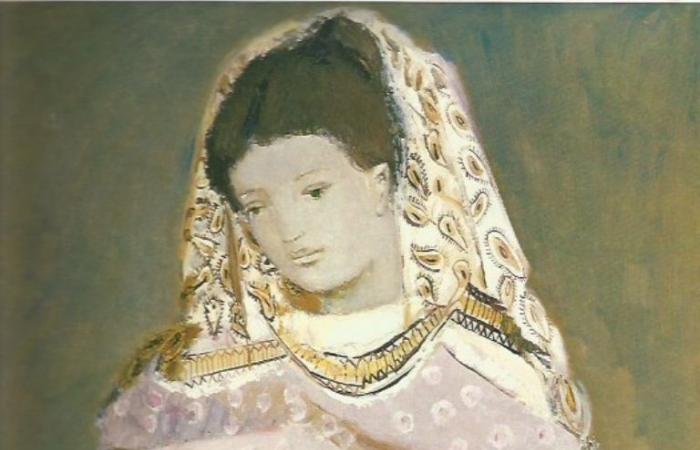To the work of Jean-Michell Basquiat we have already referred previously in these columns. Of the beloved Raul Soldi We have been working for a long time as part of the third decade of its disappearance. In their fields, both artists enjoy significant notoriety, although in their conception they are at the opposite end. Through them today we put the magnifying glass on ugliness and beauty and their role in artistic creation.
Jean-Michel Basquiat developed a distinctive style that fuses graffiti with a sui generis version of expressionism, using cryptic texts, symbols and an aesthetic of raw energy that often seeks to establish the voice of marginality. It could be said in this sense that we are facing a conceptual “art” of rupture, confronted with the status quo of the society in which it operates.
Its resources: chaotic compositions of overlapping elements, contempt for the craft, dark themes and a brutal aesthetic deliberately challenge the traditional notion of beauty.

At the opposite end Raul Soldi, who had a rigorous training at the Brera Academy in Milan, was soaked in the essence of Western culture that was born in Europe, beyond the Renaissance, placing its roots in classical Greece. The values of that culture, among which beauty is a fundamental pillar, determine the canon of artistic production.

From that training Soldi He acquires a personal conviction, which he maintains throughout his life (continuity that is sometimes blamed on him as the worst of his sins). His aim is to transmit happiness to the contemplator of his work through aesthetic enjoyment.

He wrote it in 1978: “My position as an artist, I think, is clear. I do not claim to change painting, much less to have invented it. My only wish is, if possible, to transmit peace, tranquility, beauty and poetry.”
González Lanuza said something else referring to Soldian drawings: “they have a playful sense, an unconcealable breath of delight transcends from them that not only does not embitter us with existential anguish, but they entertain us as he has fun when making them.”

The works of Soldi that I send today belong to the Foundation Soldi which is based in Glew. They are some of the 60 that make up the donation from his private collection made in 1979. With them I invite everyone to visit it.
I have no doubt that, added to the frescoes of the Chapel, it will transmit peace, tranquility and poetry, distancing us (even temporarily) from existential anguish. I think that is where art fulfills its true role.
Soldi Foundation in Glew. Check schedules: 02224 420121
* Carlos María Pinasco is an art consultant.











